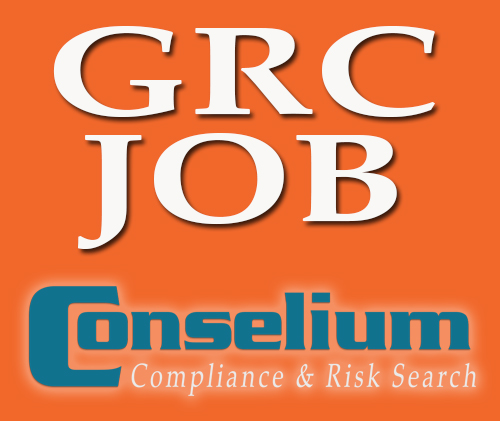
By: Rutgers Online
The world has become a “global village,” forcing companies to consider globalization. While the potential to increase their profits and return on investments may be high, there are also challenges associated with globalization and every CEO needs to know about them before taking their business global. Two of the main challenges are increased competition and new regulatory environments.

Infographic courtesy of Rutgers University’s Online MBA program.
Thinking Globally
Currently, more than half of all U.S. companies (54 percent) have some foreign market involvement. This is not surprising considering the fact that 80 percent of business executives agree that U.S. companies should expand internationally for long-term business growth. On the other hand, 67 percent of CEOs in the U.S. believe there are more growth opportunities today for their companies than three years ago.
According to the most up-to-date market data, 10 percent of U.S. companies operate in at least five regions. On the other hand, 5 percent of U.S. companies operate in four regions, 19 percent in three regions and 25 percent in one region. It is estimated that 29 percent of American companies operate in two international regions.
Expansion Plans
An estimated 72 percent of companies plan to increase their international share of business. On the other hand, 60 percent of businesses say their international business development planning will increase. It is estimated that 39 percent of U.S. CEOs plan to complete a cross-border merger and acquisition.
Strategies for Foreign Operations
Nearly half (48 percent) of U.S. companies involved in globalization are planning to set up an in-market subsidiary to handle operations in the foreign market. Thirty-six percent of expanding companies are planning to embark on joint ventures with foreign entities, while 16 percent are planning to enter foreign markets through acquisitions.
Global Economic Growth Projections
Between 2015 and 2020, the outlook for average annual real growth in the global economy is between 3 and 4 percent. However, emerging economies are expected to grow by more than 4 percent, which translates to a contribution of $16.2 trillion to the global economy by 2020.
Challenges for Globalization
When entering new markets, U.S. businesses normally focus on numerous factors. For instance, the vast majority of U.S. corporations (89 percent) focus on the political stability of a country and region before committing their resources. Other crucial factors include core infrastructure (82 percent), trade regulations/favorable tariffs (82 percent), ability to enforce contracts quickly (80 percent) and ease of trading across borders (80 percent). Other factors include; availability of a skilled labor force (79 percent), favorable tax codes and incentives (75 percent), cost of labor (73 percent), labor laws (71 percent) and access to credit (60 percent).
Barriers to Global Expansion Inside and Outside the United States
Since the financial crisis of 2008, G20 countries have passed over 1,244 restrictive trade measures, some of which are barriers to globalization. Around 57 percent of U.S. companies have cited a restrictive regulatory environment as the main barrier to globalization. Others are political instability (51 percent), economic conditions (44 percent), exchange rates (39 percent), competitive environment (37 percent), labor costs (29 percent), key trends in the industry (27 percent) and changes in requirements (26 percent).
Cost of Going Global
The cost of going global usually changes from time to time depending on exchange rates and local regulations. The cost also varies from one country to another. Other costs of going global include corporate income taxes, cost of establishing a legal business in the target market, real estate costs, customs duties, employee wage and benefit requirements, translation costs and union dues.
Another major challenge for globalization that also increases the cost of going global is corruption. Fifty-three percent of U.S. CEOs are concerned about the impact of bribery and corruption on their organizations. According to a recent corruption perceptions survey, 95 percent of countries in Eastern Europe and Central Asia had a dismal score of less than 50 percent, which means corruption is rampant in most of those countries.
Overcoming Expansion Challenges
The top regions for U.S. expansion are Europe and Asia, with 63 percent and 62 percent of U.S. companies, respectively, having operations in those regions. Latin America comes third, with 48 percent of U.S. companies with global operations having a presence in the region. Middle East and Africa are the fourth- and fifth-most popular regions at 20 percent and 16 percent respectively.
According to Forbes 2014 Best Countries for Business list, the worst countries to do business are Haiti, Myanmar, Libya, Chad and Guinea, which was ranked last. This competitive ranking was based on a three-part scoring mechanism. Half of the score is apportioned to efficiency enhancers, such as financial market development, higher education and training levels, goods market efficiency, labor market efficiency, financial market development, market size and technological readiness of the population. And 40 percent of the score is apportioned to basic requirements, such as infrastructure, number of institutions, health and primary education levels, and macroeconomic environment. The remaining 10 percent is apportioned to innovation and sophistication levels.
International Expansion Success Story
Costco Wholesale is a great example of an American company that was successful in going global. In 2013, the company went global by opening 150 new warehouse clubs around the world with a focus on previously untapped international markets. Between 2010 and 2014, the firm’s net sales grew by an astounding 45 percent. Sam’s Club could only manage 21 percent during the same period.
Published by Conselium Executive Search, the global leader in compliance search.

